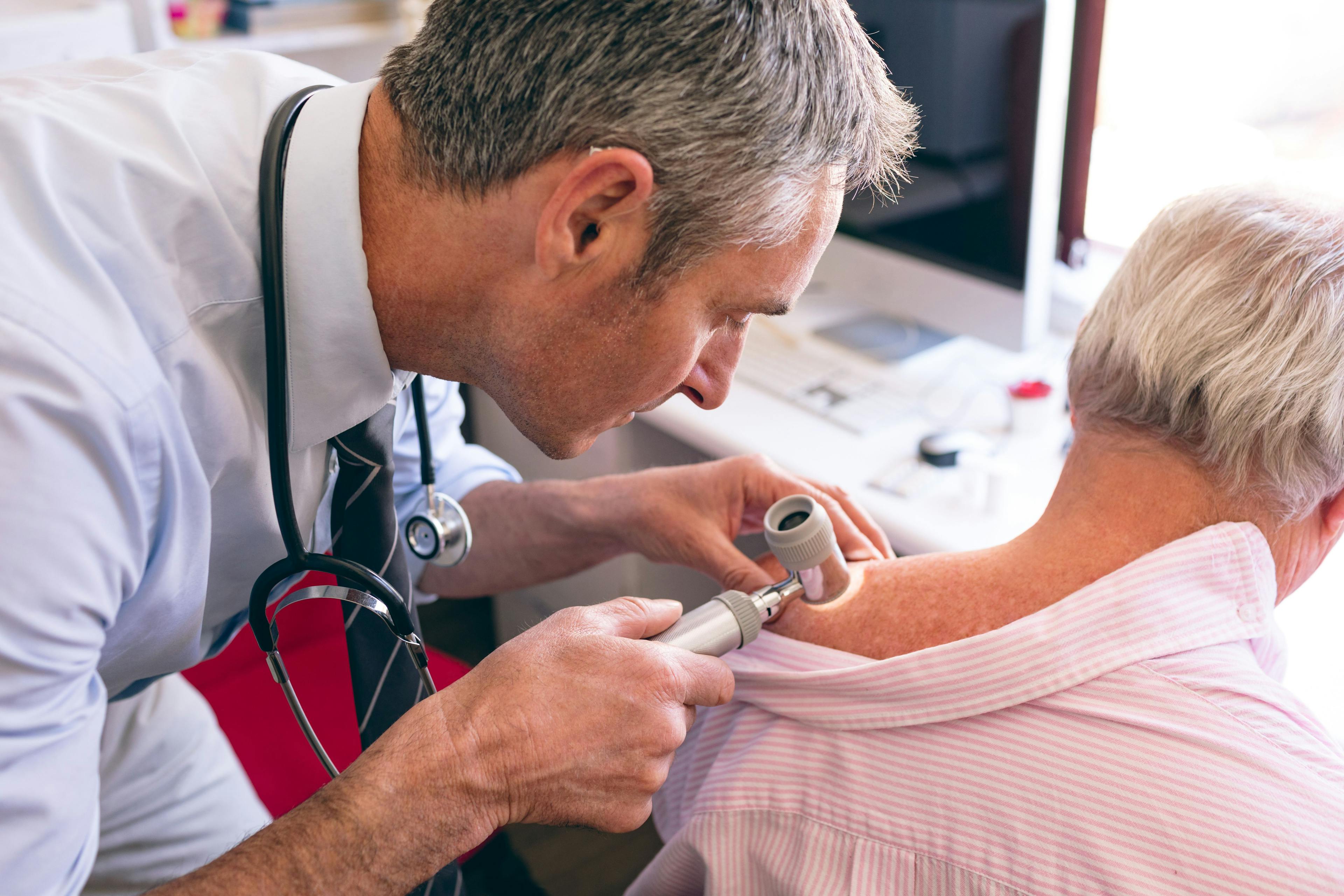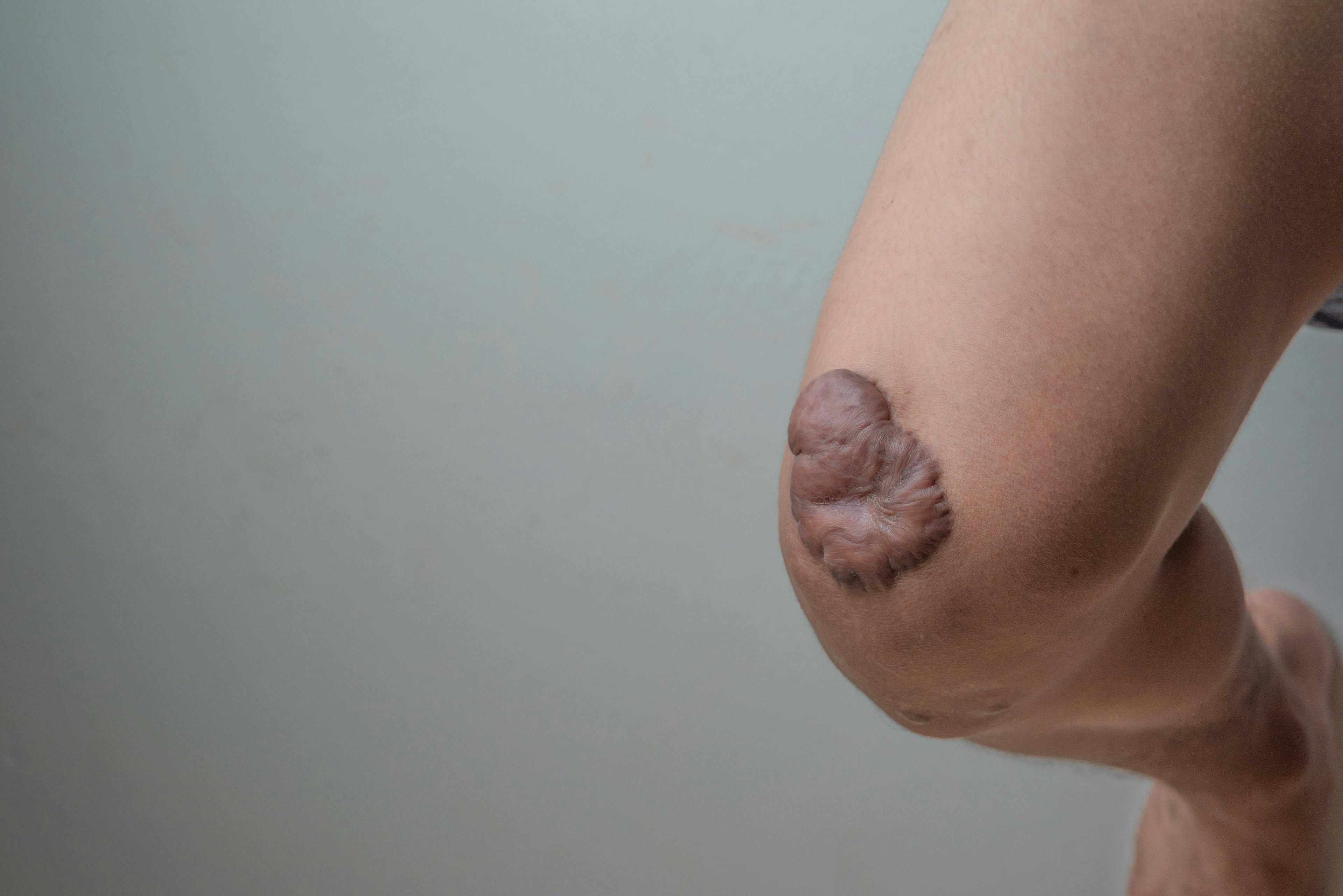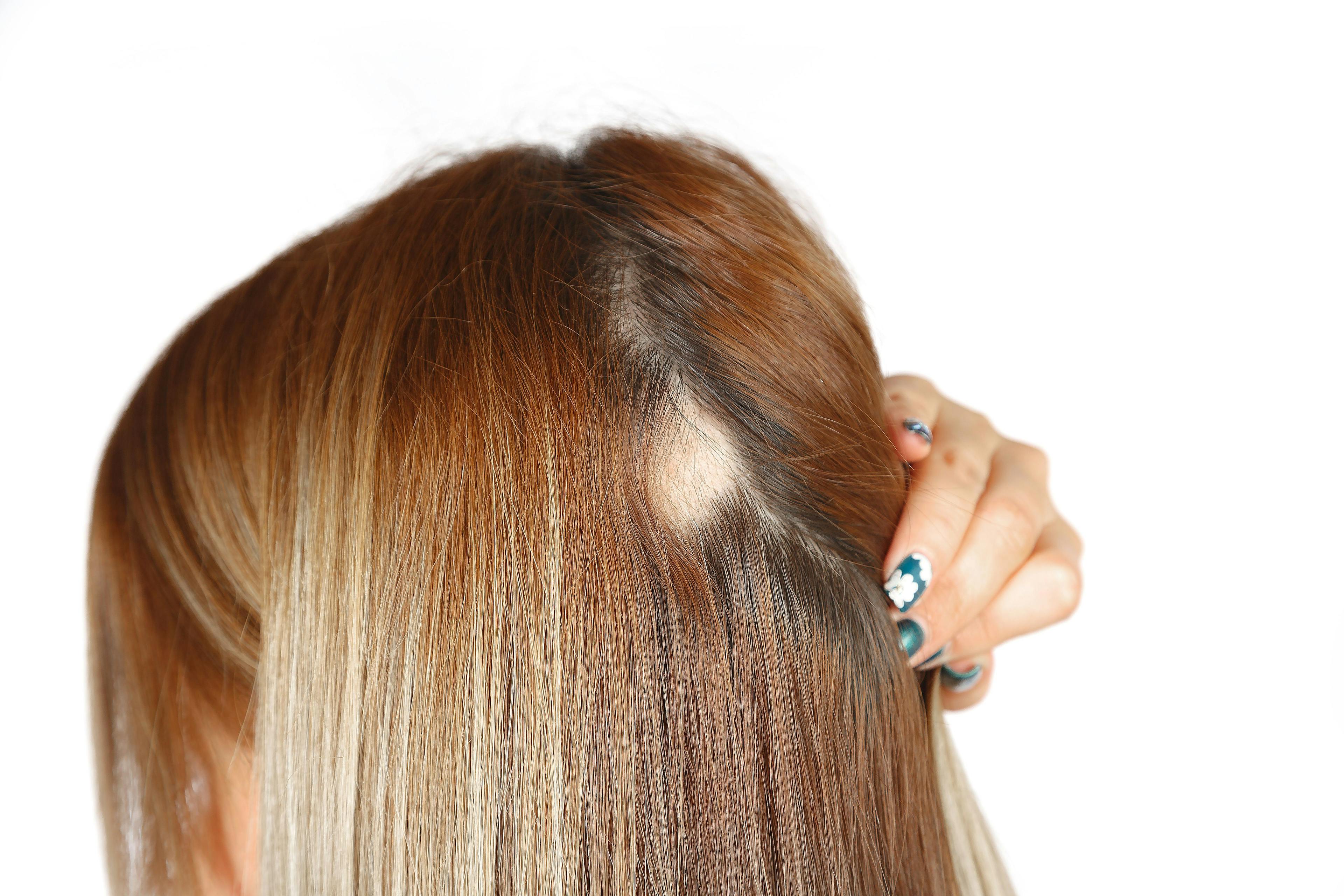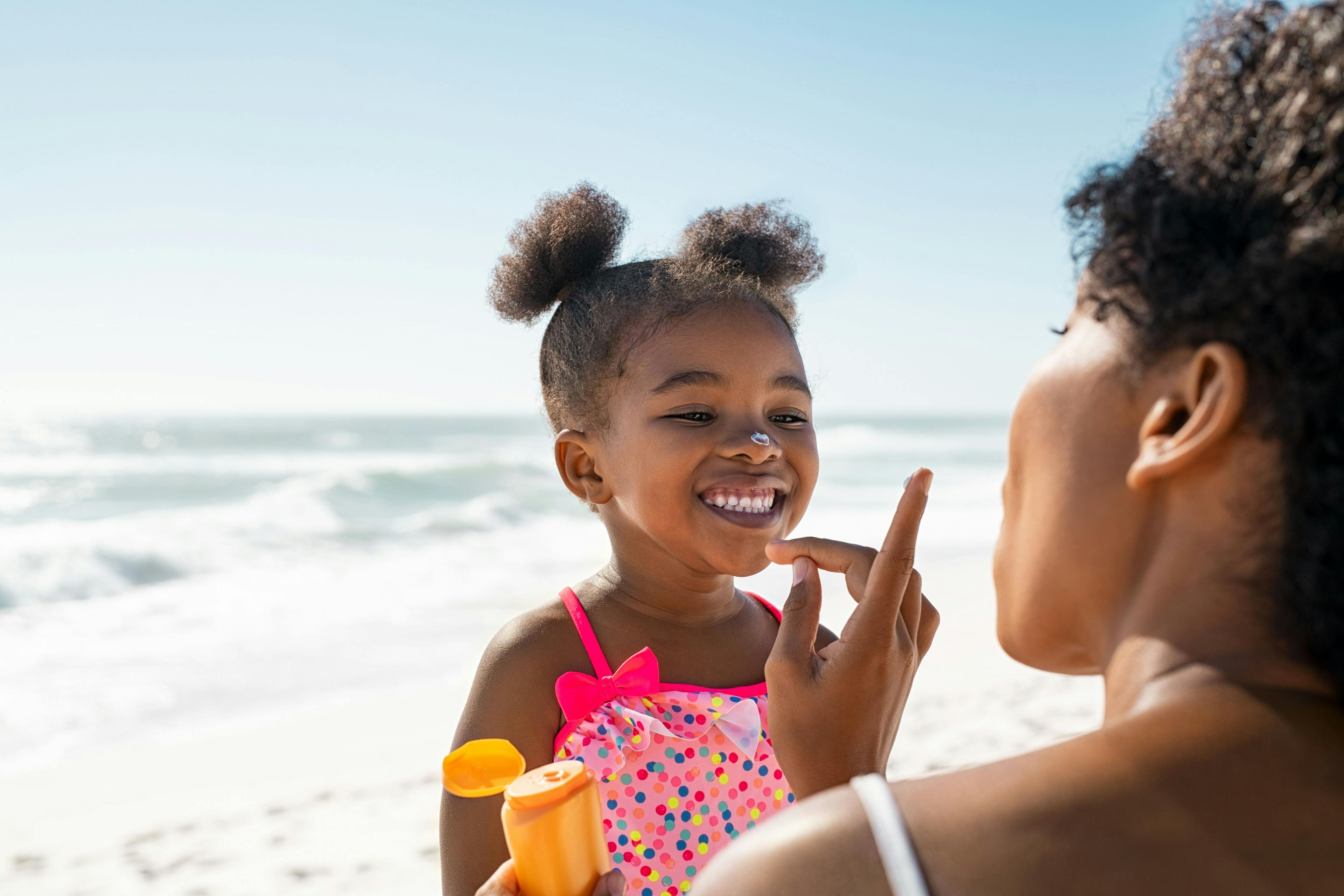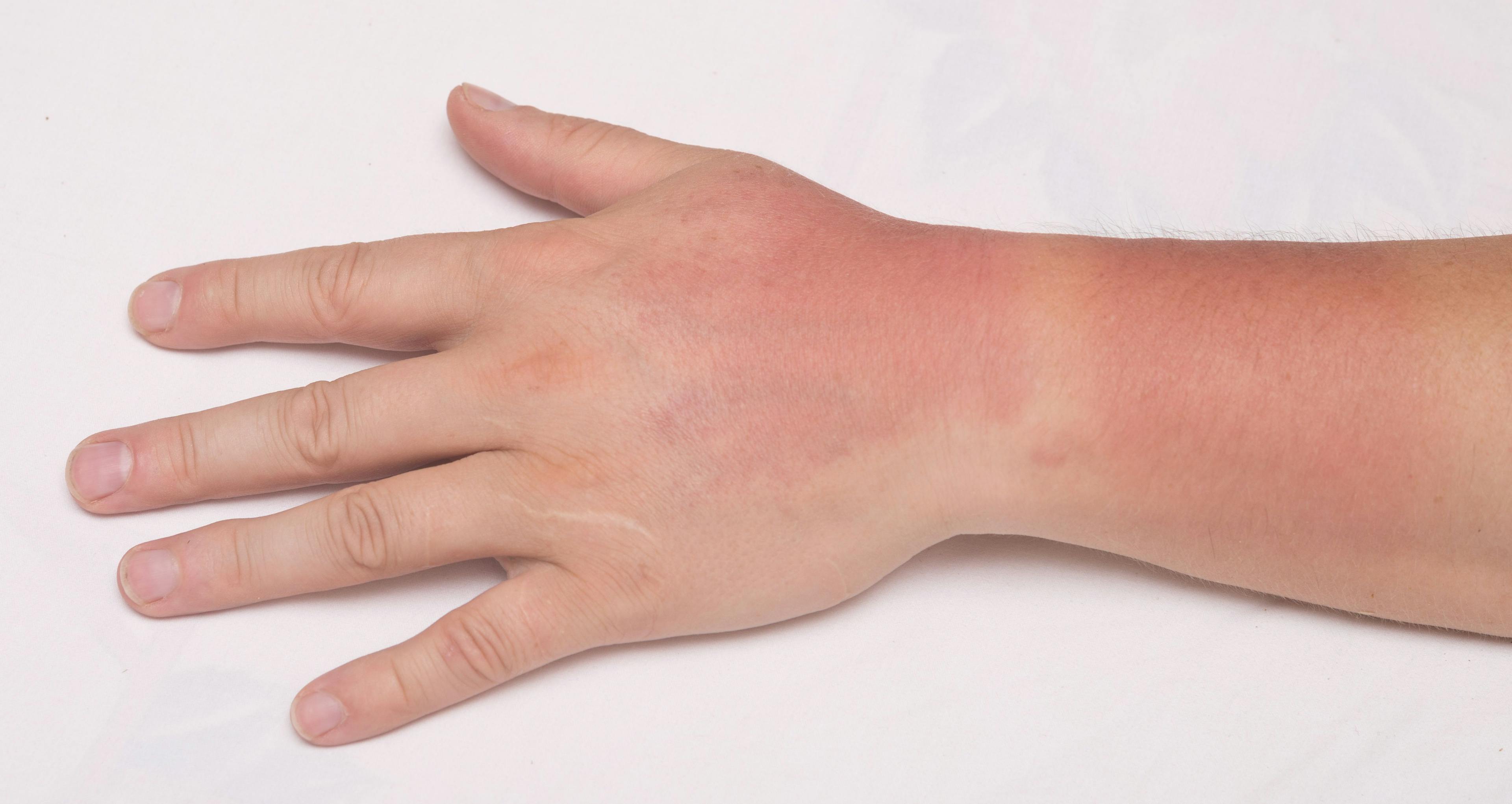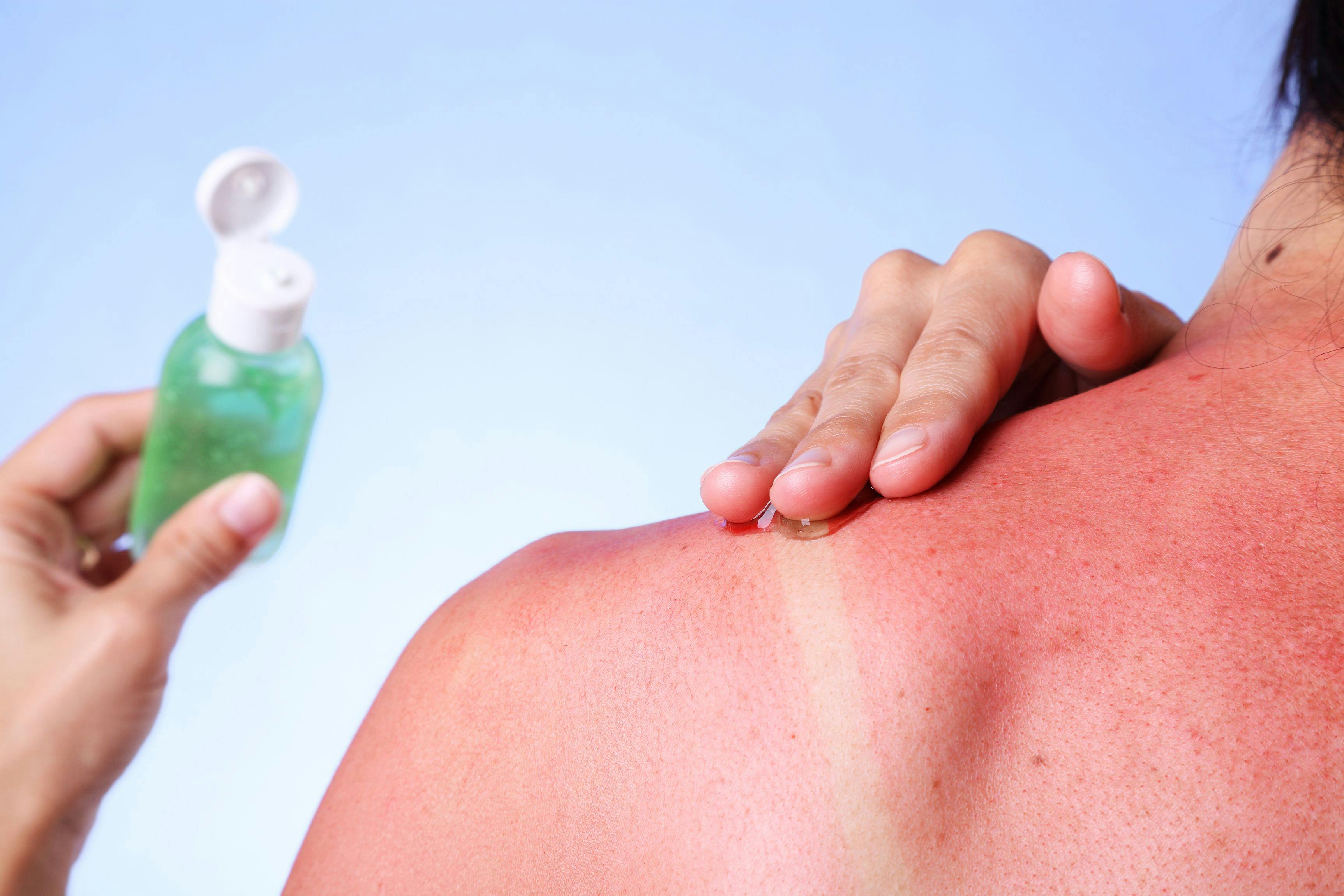- Acne
- Actinic Keratosis
- Aesthetics
- Alopecia
- Atopic Dermatitis
- Buy-and-Bill
- COVID-19
- Case-Based Roundtable
- Chronic Hand Eczema
- Chronic Spontaneous Urticaria
- Drug Watch
- Eczema
- General Dermatology
- Hidradenitis Suppurativa
- Melasma
- NP and PA
- Pediatric Dermatology
- Pigmentary Disorders
- Practice Management
- Precision Medicine and Biologics
- Prurigo Nodularis
- Psoriasis
- Psoriatic Arthritis
- Rare Disease
- Rosacea
- Skin Cancer
- Vitiligo
- Wound Care
Publication
Article
Dermatology Times
Preparing Patients for the Summer Sun: Discussing Sun Protection
Author(s):
Leading clinicians discuss sun protection best practices and recommendations for the upcoming summer months.
As the countdown to summer begins, so does the mountain of questions from patients about safe and effective sun protection products and strategies. Because these conversations may be difficult, Dermatology Times® invited leading clinicians to support you as you support your patients.

Renata Block, MMS, PA-C, is a board-certified physician assistant at Advanced Dermatology & Aesthetic Medicine in Chicago, Illinois.
Christopher Bunick, MD, PhD, is an associate professor and physician-scientist practicing general medical and surgical dermatology at Yale University in New Haven, Connecticut.
Doris Day, MD, is a clinical associate professor of dermatology at the New York University Langone Medical Center in New York, New York.
Corey Hartman, MD, is the founder and medical director of Skin Wellness Dermatology and an assistant clinical professor of dermatology at the University of Alabama School of Medicine in Birmingham, Alabama.
Discussing Sun Protection
One question that regularly arises from patients concerns sun protection factor (SPF) levels. The panelists agreed that SPF 30 to 50 provides adequate protection, and that increases in SPF beyond 50 results in minimal additional protection. They also emphasized the importance of reminding patients that reapplication is key to proper protection.
“I tend to recommend mineral sunscreens that contain either titanium dioxide, zinc oxide, or both. Shielding your skin by reflecting the rays of light [is] a more efficient way to achieve sun protection,” Hartman said. “Now, mineral sunscreens have traditionally not been as elegant, particularly for those with brown skin. Manufacturers are finally starting to realize this is a problem and are developing formulations that look very elegant and melt right into dark skin tones without giving an iridescent cast or white shadow.”
The experts said it is worthwhile to discuss protective clothing with patients, and Bunick noted that it is one of the biggest single advances he has seen in sun protection since he became a practicing dermatologist. Because quality protective clothing can be expensive, Block tells patients to look at it like an investment. “I love Coolibar,” Block said. “I typically recommend that for my patients, because I think the quality is very high, and it is very effective after multiple washes.”
Hartman gave kudos to social media for increased widespread education about products and practices. “The rise in social media, and the fact that a lot of dermatologists are now a lot more visible and able to communicate positive messages on a large scale, has an impact. [Patients are] realizing they need to wear some sort of sun protection and are thinking about sun protection beyond sunscreen, such as hats, sunglasses, and even supplements [that] make your skin less reactive [to] UV radiation,” he said.
For patients who insist on a sun-kissed glow year-round, the panel prefers self-tanners that can be rubbed on the skin instead of spray tans. “The dihydroxyacetone [DHA] you’re inhaling [during a spray tan] is something I don’t recommend, especially if you’re asthmatic,” Block said. “The DHA is basically a 3-carbon sugar that interacts with amino acids on the skin and creates a pigmentation. Self-tanners also have this. I personally use them and love them, but some [individuals] get contact dermatitis from those ingredients. To prevent skin irritation, I recommend following up with a moisturizer and not applying self-tanner for 3 consecutive days afterward.”
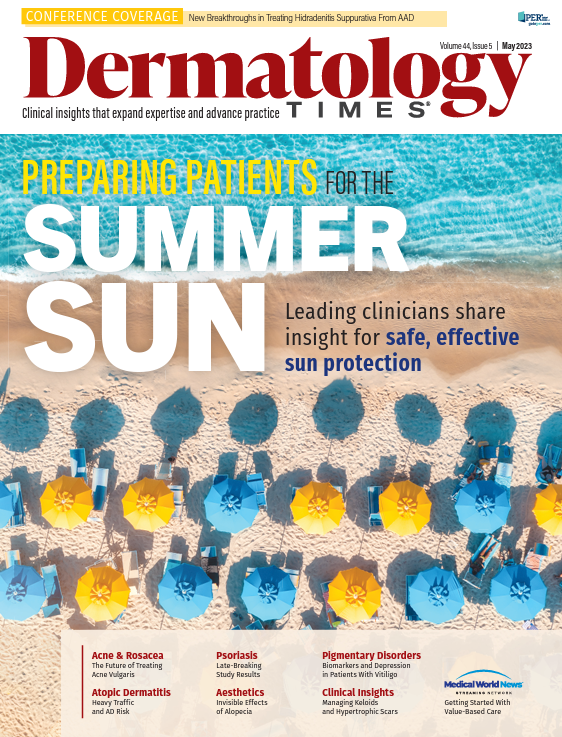
Newsletter
Like what you’re reading? Subscribe to Dermatology Times for weekly updates on therapies, innovations, and real-world practice tips.




